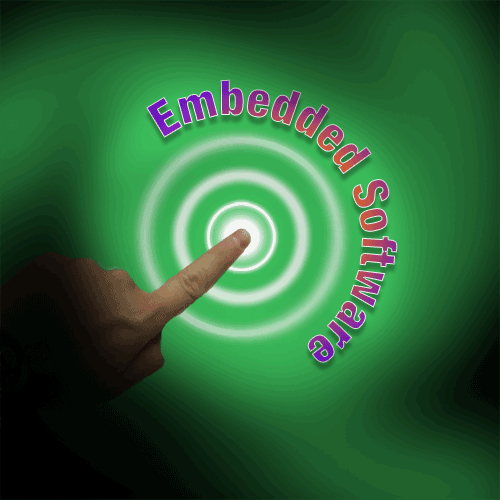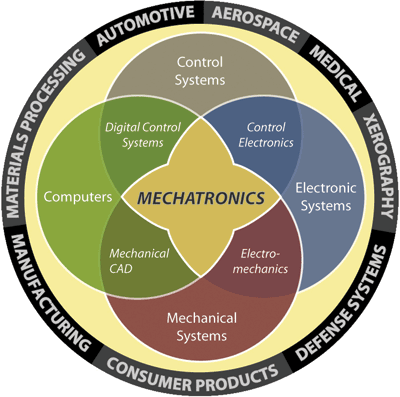
“Embedded software” is the term used for application-specific and device-specific software that controls electronic products not normally identified as computers, but as “commodity” components. Examples of such products include cellular telephone handsets and base-stations, portable MP3 players, television set-top boxes, data network switching equipment, automobiles, modems and hard disk drives, high-efficiency electric motors, and digital cameras, not to mention refrigerators, washing machines, and stoves. Touchscreens, cameras, microphones, GPS, and motion sensors can also fall in this category.
Alan Grau, the President of Icon Labs, noted in Electronic Products in April 2012 that all these devices have another term as well. “The ‘Internet of things’ could also be called the ‘Internet of embedded devices,’” he wrote.
Embedded software usually executes on an internal microcontroller or a digital signal processor used to control other product components. Typically, such software must be extremely reliable, very efficient and compact, and precise in its handling of the rapid and unpredictable timing of inputs and outputs.
The components enlivened by embedded software thus offer “standard” performance that comes alive when designers find new ways of assembling them with that software to coordinate their functions. Peter Thorne, Managing Director of Cambashi, explained in Electronic Products in May 2012 that “The word ‘mechatronics’ successfully highlights the importance of robotics systems that combine mechanical parts, actuators, and hybrid electronic/computer-based controls.”
He went on to say, “Machines of all types will be built from low-cost standard mechatronics subsystems assembled around a platform architecture or framework, and integrated by the embedded software loaded into the platform (see Fig. 1 ).

Fig. 1: Components of a mechatronics system, controlled by embedded software.
“Individual product lines will depend on the scope of the platform; differentiation will depend on the capability of the embedded software. Indeed, the automotive sector has for many years been moving towards this structure.”
Sources
http://esc.utdallas.edu/overview.html
Advertisement
Learn more about Electronic Products Magazine





